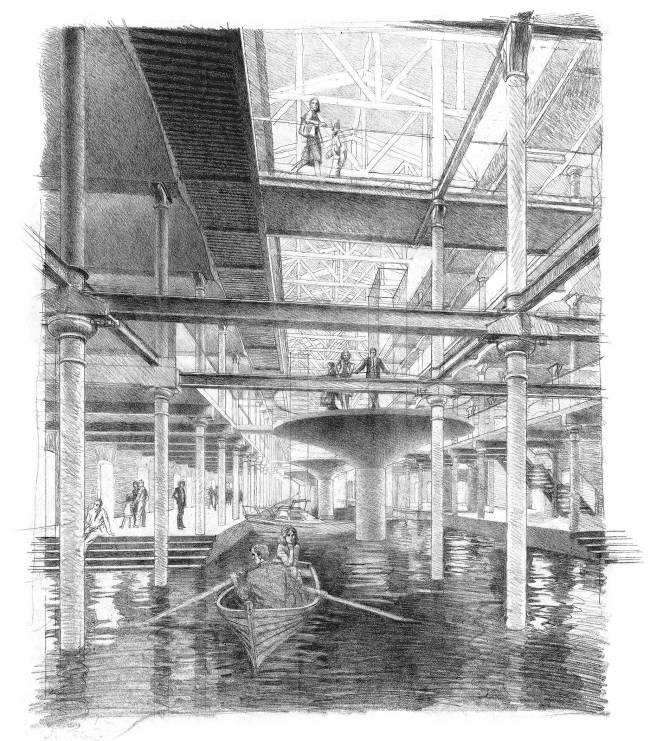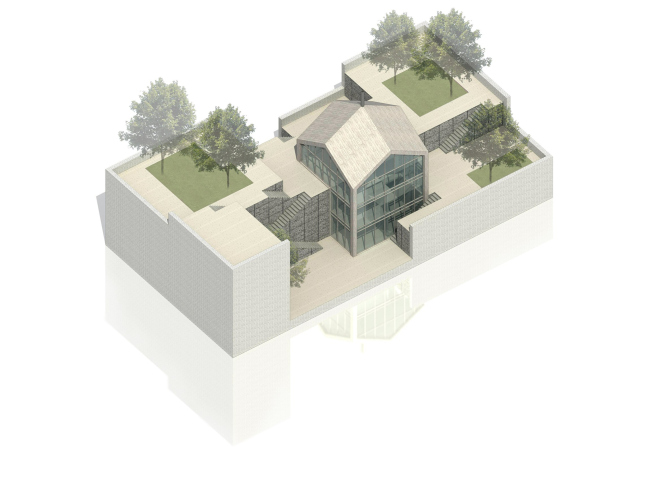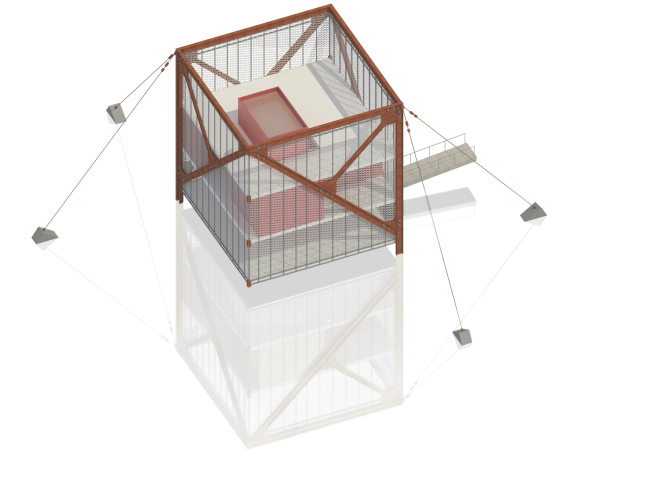|
Published on Archi.ru (https://archi.ru) |
|
| 04.09.2010 | |
|
Facing the waters |
|
|
Anna Martovitskaya |
|
| Architect: | |
| Nikita Yavein | |
| Studio: | |
| Company: | |
|
Within the "Russia Factory" project "Studio 44" was working on the regeneration concept of “Proletarsky Avangard”cotton factory. The architects connected its territory with the water system of Vyshny Volochyok by a new channel, after reconstruction the former production will turn into a small Venice. The Prokhorov’s factory is located considerably far from the centre of Vyshny Volochyok. But nearby the factory there is Vyshnevolotskoe water raisin and the architects decided to connect it with the city by a new channel of 1.2 km length and 160 m width, it will pass through the former factory. When the channel reaches the factory some of its buildings will be flooded and turned into an artificial island. "Studio 44" suggests transforming them into a hotel on water and related services - boat station, boathouses boats and yachts, cafes and restaurants. Only facilities built in Soviet times and not being of any architectural value (in particular, weaving shed turned into the boathouses) will be flooded. As to the historical red brick objects built in the second half of the 19thcentury, the architects, on the contrast, carefully protect. One of them houses water and water transport research institute, the other – a museum. The main factory building is turned into the main hotel building. In general, connection between different buildings adds a distinct character of a tourist attraction. However, the architects point out that their project also has an important social and economic aspect: the developed system of canal locks provides passage for pleasure boats and fishing vessels to the water raisin. Parallel to the channel is laid a green pedestrian boulevard - a broad esplanade full of various objects from the fish market to the yacht club (ship navigation school). Two of these arteries - green and blue – with variety of services create new centre of the town - an architectural environment with all the needed for meeting people. All the new constructions are decorated in the aesthetics of hydraulic engineering and port constructions, moreover the architects used most neutral materials - glass, metal, wood, - not to distract visitors from the harsh reality of industrial architecture of the 19thcentury and pervasive water surface. Nikita Yavein poetically concludes: "the water fills up the empty spaces with meaning and energy, connects disparate buildings into a single ensemble, and translates their architectural sound into a higher register. NoneNoneNoneNoneNoneNoneNoneNoneNoneNoneNone |
|










